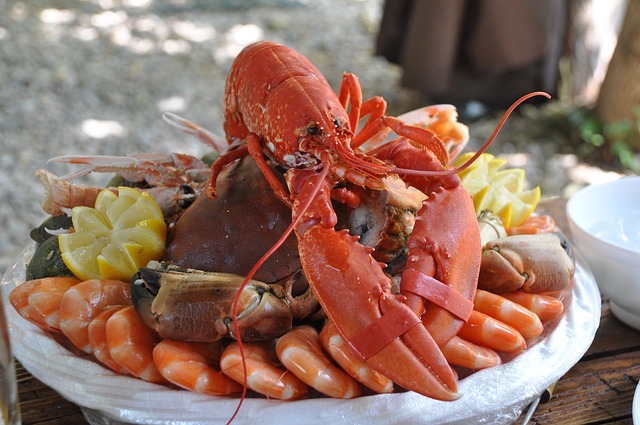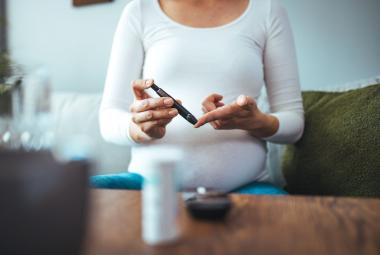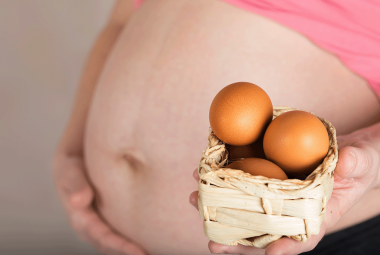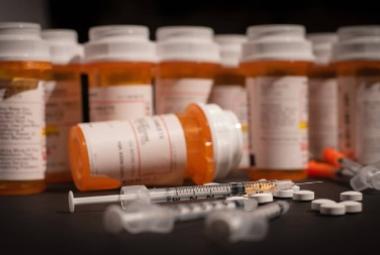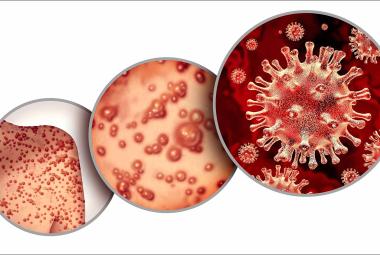The benefits of fish and shellfish, collectively termed “seafood” as part of a balanced, healthy diet have been described. Seafood is low in saturated fat and a good source of high-quality protein and micronutrients including vitamin B12, vitamin D, calcium, iron, and zinc. It is also an important dietary source of polyunsaturated omega-3 fatty acids such as eicosapentaenoic acid (EPA) and docosahexaenoic acid (DHA) that the human body is unable to make.1-3 Inclusion of these polyunsaturated omega-3 fatty acids in the diet has been associated with improved cardiovascular outcomes and better infant health outcomes when included in the diet of pregnant women.1
Mercury is present naturally in the air, water, and soil. Volcanic activity, weathering of rocks and human activity all contribute to its release into the environment. Once in the environment, microorganisms in the soil and water convert mercury into methylmercury. Bioaccumulation and biomagnification of methylmercury occurs in the aquatic environment in fish and shellfish – small fish acquire methylmercury through ingestion of plankton and their predators, in turn, accumulate the methylmercury they contain by ingesting them.4,5 In the same fashion, humans acquire methylmercury from the seafood they consume. However, methylmercury crosses the human placenta. Developing fetuses, young infants and children are particularly sensitive to the toxic effects of methylmercury on the brain and nervous system.4 It is thus especially important that women of childbearing age, and those who are pregnant or breastfeeding, be equipped with knowledge and resources to help them make better choices regarding the seafood they choose to consume so they reap the benefits of seafood consumption without subjecting themselves to excessive methylmercury exposure.
On January 18, 2017, the U.S. Food and Drug Administration (FDA) and the  U.S. Environmental Protection Agency (EPA) released official advice about seafood consumption. As a general guide, it is recommended that pregnant and breastfeeding women consume 2 to 3 servings, which amounts to about 8 to 12 oz. (227 to 340 g), of a variety of seafood each week. 1,6 Cleaning and/or cooking the seafood does not change the amount of mercury it contains as methylmercury will be found throughout the tissue of the seafood.3 However, removing skin, fat and internal organs (see image on right) before cooking fish may help to remove other harmful pollutants that may have accumulated, especially if the seafood was caught personally or by family or friends, from local waters that may be under little or no surveillance. In such situations, checking the local state fish advisories before consumption is recommended.3
U.S. Environmental Protection Agency (EPA) released official advice about seafood consumption. As a general guide, it is recommended that pregnant and breastfeeding women consume 2 to 3 servings, which amounts to about 8 to 12 oz. (227 to 340 g), of a variety of seafood each week. 1,6 Cleaning and/or cooking the seafood does not change the amount of mercury it contains as methylmercury will be found throughout the tissue of the seafood.3 However, removing skin, fat and internal organs (see image on right) before cooking fish may help to remove other harmful pollutants that may have accumulated, especially if the seafood was caught personally or by family or friends, from local waters that may be under little or no surveillance. In such situations, checking the local state fish advisories before consumption is recommended.3
Choosing to consume seafood known to contain lower amounts of methylmercury is probably the best way to control dietary methylmercury exposure. The official advice by the U.S. FDA and EPA has been summarized in a chart with supplemental questions and answers on the subject and may be used as a resource to help women make informed decisions about the seafood they choose to consume.3 Using data primarily from the FDA’s monitoring database of mercury levels in commercial seafood, seafood were categorized into the following categories and corresponding advice to make it clearer and easier for consumers to follow the new seafood consumption advice.
- “Best Choices” – Eat no more than 2 to 3 servings per week (e.g. salmon, tilapia, scallop, shrimp)
- “Good Choices” – Eat no more 1 serving per week (e.g. halibut, mahi-mahi, snapper)
- “Choices to avoid” – Try to avoid consuming fish in this category (e.g. swordfish, king mackerel, tilefish).
Consuming a variety of seafood from the “Best Choices” and “Good Choices” categories is recommended. However, if you happen to have a serving of fish from the “Choices to avoid” category, reducing and limiting seafood intake to those from the “Best Choices” category in the subsequent week may help to balance out methylmercury exposure.
*Detailed explanation of how each type of seafood was categorized is beyond the scope of this web page and the reader is referred to the following weblink for more information:
www.fda.gov/Food/FoodbourneIllnessContaminants/Metals/ucm531136.htm

Adapted from: Eating Fish: What Pregnant Women and Parents Should Know. U.S. Food and Drug Administration and the U.S. Environmental Protection Agency. http://www.fda.gov/downloads/Food/FoodborneIllnessContaminants/Metals/UCM537120.pdf. Accessed Jan 18, 2017.
Cynthia Y Leow, BSc (Pharm)(Hons)
Thomas W Hale, Ph.D., R.Ph.
References
1. 2015-2020 Dietary Guidelines for Americans. U.S. Department of Health and Human Services and U.S. Department of Agriculture. https://health.gov/dietaryguidelines/2015/resources/2015-2020_Dietary_Guidelines.pdf. Accessed Jan 18, 2017.
2. Fish and Human Nutrition. Food and Agriculture Organization of the United Nations http://www.fao.org/fileadmin/user_upload/newsroom/docs/BlueGrowthNutritionRev2.pdf. Accessed Jan 18, 2017.
3. Eating Fish: What Pregnant Women and Parents Should Know. U.S. Food and Drug Administration and the U.S. Environmental Protection Agency. http://www.fda.gov/downloads/Food/FoodborneIllnessContaminants/Metals/UCM537120.pdf. Accessed Jan 18, 2017.
4. Mercury and Health. World Health Organization. www.who.int/mediacentre/factsheets/fs361/en/. Accessed Jan 19, 2017.
5. Mercury Fact Sheet. Centers for Disease Control and Prevention (CDC). https://www.cdc.gov/biomonitoring/Mercury_FactSheet.html. Accessed Jan 19, 2017.
6. Fish and Shellfish Advisories and Safe Eating Guidelines. U.S. Environmental Protection Agency https://www.epa.gov/choose-fish-and-shellfish-wisely/fish-and-shellfish-advisories-and-safe-eating-guidelines Accessed Jan 18, 2017.

